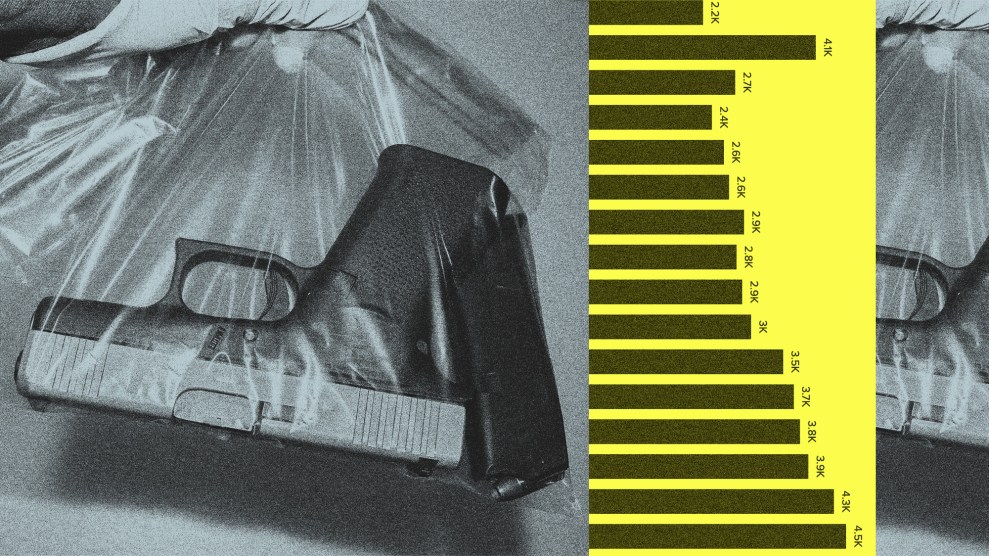Note to self: In order to facilitate cloning after death, be sure to have mortal remains preserved in alcohol, not formaldehyde.
Luckily for Sydney Museum biologists, a 134-year-old Tasmanian tiger pup was preserved in alcohol rather than the formaldehyde-based preservative formalin, which destroys DNA.
The ENVIRONMENTAL NEWS NETWORK reports that the museum is planning to try to clone the specimen and revive the Tasmanian tiger, a marsupial wolf, which has been extinct for decades. Scientists admit it’s a long shot, but if they can create a genetically pure Tasmanian tiger nucleus, then, just like in “Jurassic Park,” they’ll inject it into the egg cell of a closely related species, perhaps a Tasmanian devil.
One critic thinks all that effort and money should go toward saving what’s left of the tiger’s former habitat instead. Tasmanian Senator Bob Brown points out that if destruction of the forests of Tasmania, Australia’s island state, continues at its current rate, then even if the cloning effort successfully produces reincarnated Tasmanian tigers, there’ll be no wild places left for them to go.











